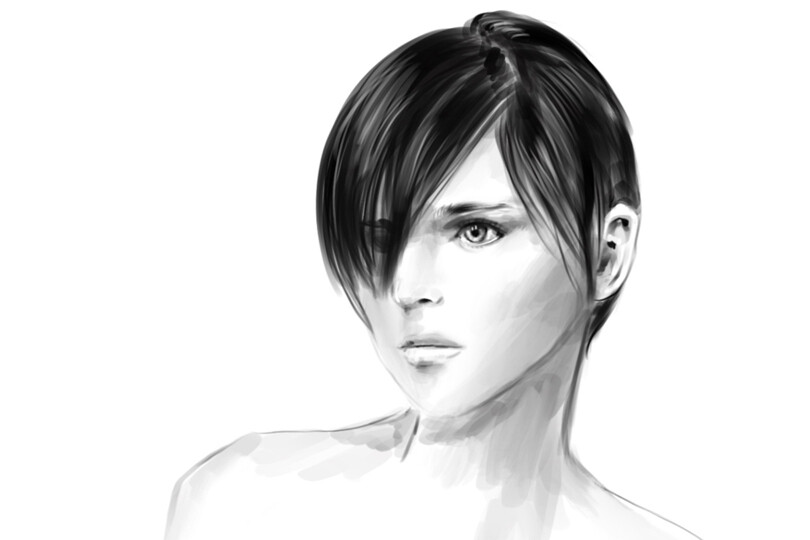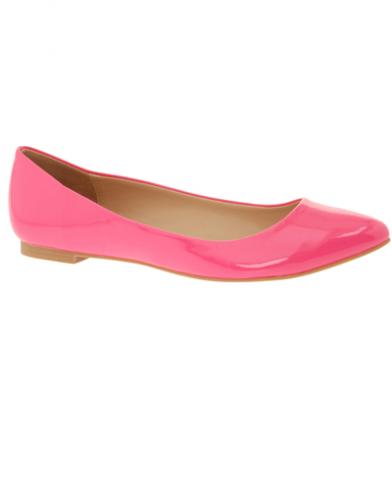Part of an ongoing series of 29Secrets stories, taking a deep dive into the history of legendary beauty products and iconic fashion and pop culture moments…
By Christopher Turner
Illustration by Michael Hak
Stella Tennant – the iconic British model who was known for her blunt pixie haircut, androgynous features, commanding 5-foot-11 presence and piercing stare – changed the fashion industry by helping usher in an era of androgyny in the 1990s. Tennant, who maintained her fashionable edge throughout her lengthy career in the industry, died by suicide on December 22, 2020, at the age of 50. It was just five days after her 50th birthday.
“It is with great sadness we announce the sudden death of Stella Tennant on 22 December 2020,” Tennant’s family – including her ex-husband, the French photographer David Lasnet, and their four children, Marcel, Cecily, Jasmine and Iris – said in an initial statement asking for privacy. “Stella was a wonderful woman and an inspiration to us all. She will be greatly missed.” (Tennant and Lasnet announced in August 2020 that they had split earlier in the year after 21 years of marriage.)
The unexpected news of Tennant’s death led to an outpouring of grief and tributes from across the fashion industry. Here is a look back at her illustrious life and the mark she left on the fashion world.
Born to UK aristocrats and raised on a sheep farm in Scotland
Tennant was born on December 17, 1970, in London, England. She was the youngest of three children of the Hon. Tobias Tennant (son of the 2nd Baron Glenconner) and his wife Lady Emma Cavendish (granddaughter of Andrew Cavendish, 11th Duke of Devonshire, and his wife Deborah Mitford, the youngest of the famous high-society Mitford sisters). Despite her aristocratic pedigree, Tennant’s upbringing was a little more down to earth; she grew up on a 1,500-acre sheep farm that her parents ran at Newcastleton, in the Scottish Borders.
“Everyone wants to write about me because my grandparents are titled, because I’m the granddaughter of the Duke and Duchess of Devonshire,” she told the New York Times in 1996. “Sure, that’s part of who I am; I mean, I love my family, but that’s not who I am. I grew up on a farm in Scotland.”
Tennant may have grown up on a farm, but her upbringing didn’t stifle her or her ambitions. She was often described as a creative child, and completed a degree in sculpture at the Winchester College of Art, the art school of the University of Southampton.
Accidental beginnings in modelling
Tennant started modelling “accidentally,” she told British Vogue back in 2018. While many models of her era were discovered as teenagers by model scouts, Tennant was still submitting photos to casting agents in her early 20s. She’d graduated from art school, and planned to pursue sculpture if her modelling didn’t take off.
“My first ever modelling gig was for the December 1993 issue of British Vogue, and it happened pretty much by accident. A friend of mine happened to know Plum Sykes, then an assistant at the magazine, and Plum was working with Isabella Blow on a portfolio of English roses with an edge. Izzy was already a legendary stylist at that point, and she was looking for non-models that she thought epitomized British cool. Being tall and skinny, I had tried to do some modelling a few years earlier after I finished my degree at the Winchester School of Art – but after a couple of weeks of running around London to go-sees, nobody seemed interested. Frankly, I had sort of given it up.”
Tennant gave Blow a couple of passport photos for consideration for the upcoming fashion spread, which led to her being cast in the photo shoot with famed fashion photographer Steven Meisel. The “Anglo-Saxon Attitude” shoot for British Vogue featured Tennant, her eyes ringed by heavy black eyeliner, wearing Alexander McQueen designs, Wolford fishnets and Vivienne Westwood platforms.
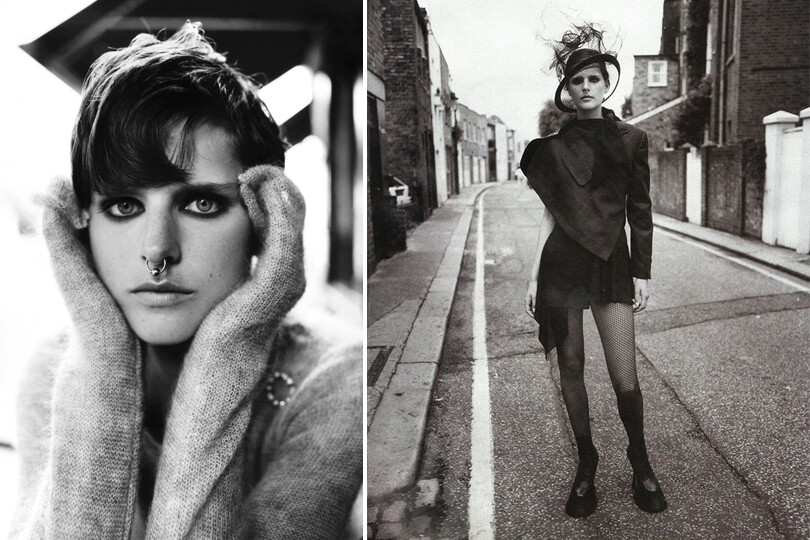
The shoot went well…the most famous anecdote from the day was that Tennant had showed up to the studio with a nose ring (she had recently had her nasal septum pierced), much to the surprise of the Vogue editors – and it was her refusal to remove her recent piercing that endeared her to Meisel. In fact, although she was surrounded by experienced models at the shoot, the 22-year-old was personally invited by Meisel to model for him the next day in a shoot for Vogue Italia that was taking place in Paris.
That’s right…a couple of passport photos and a nose ring kicked off one of fashion’s most memorable careers.
Tennant showed up for Meisel’s photo shoot in Paris the following day, and was shocked to find supermodels Linda Evangelista, Shalom Harlow and Kristen McMenamy in the studio. “I cannot tell you how intimidating it was,” Tennant said years after the shoot. “Then, by some twist of fate, one of the shots from the shoot became the cover of Italian Vogue – and my life changed overnight. Shortly after that, I moved to New York, turning my diary over to an agency and beginning a career that would take me around the world.”
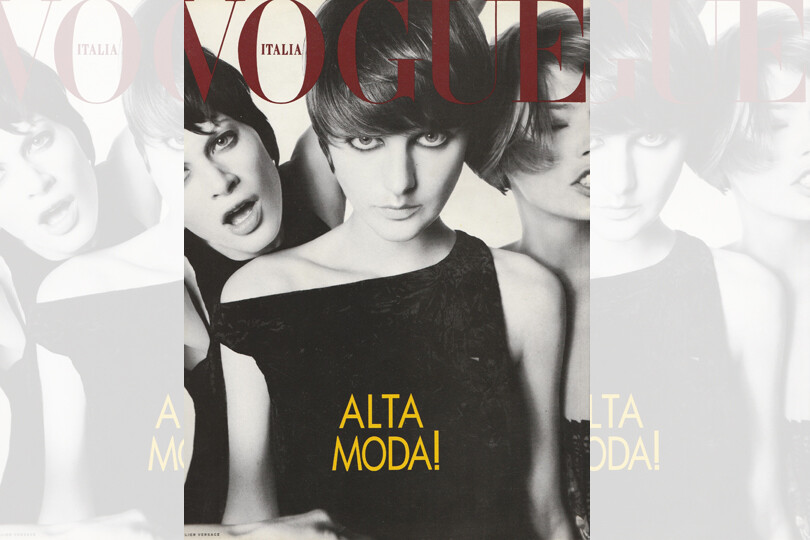
Tennant captivated every fashion editor and photographer who saw her. In fact, by the time “Anglo-Saxon Attitude” eventually came out in British Vogue’s December 1993 issue, she had already appeared on the cover of Italian Vogue with Evangelista and walked the runway for Chanel, Dolce & Gabbana and Jil Sander.
She quickly became a model of the moment, was a regular muse of Meisel’s, and became a favourite of some of the most influential fashion photographers of the ’90s, including Mario Testino, David Sims and Mark Borthwick, embodying a chic, punk-inspired persona that would dominate fashion imagery throughout that decade.
More than a model of the moment
British Vogue’s “Anglo-Saxon Attitude” images kicked off a 27-year career, longevity enjoyed by only a few top models. Part of Tennant’s endurance was thanks to the relationships she built with photographers and designers. She served as a muse to legendary designers including Gianni Versace, Valentino Garavani, Helmut Lang and Karl Lagerfeld, the late head of Chanel, who was an early champion.
In fact, by the late ’90s, Lagerfeld had named Tennant the face of Chanel with an exclusive contract, noting her resemblance to the house’s founder, Mademoiselle Gabrielle “Coco” Chanel.
Through the ’90s and 2000s, Tennant ruled the runway with Naomi Campbell, Kate Moss and Claudia Schiffer among others, and appeared in as many as 75 runway shows a season, according to a 2018 interview. She regularly strutted for Karl Lagerfeld at Chanel, as well as Balenciaga, Jean Paul Gaultier, Valentino and Versace. She also became a mainstay of Alexander McQueen’s runway spectacles, walking for some of his most celebrated shows, including Spring 1996’s “The Hunger” and Spring 1997’s “La Poupée.”
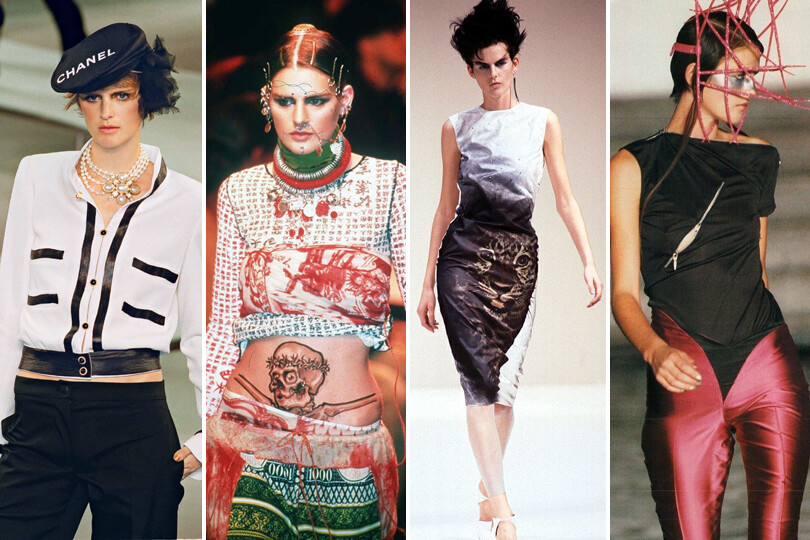
But Tennant didn’t only dominate the runway…she appeared in countless fashion magazine editorials around the world and dozens of the most fashionable ad campaigns, working closely with several fashion houses and designers including Alexander McQueen, Calvin Klein, Jean Paul Gaultier, Burberry, Karl Lagerfeld, Chanel, Balenciaga, Valentino and Gianni Versace. And then, one day, she stopped.
Temporary retirement
Tennant was beginning to tire of fashion’s frenetic pace when she and her photographer boyfriend David Lasnet decided to have children in the late ’90s. In 1998, after announcing her first pregnancy, she retired from the industry.
“I’ve given it everything, all my energy and time, and now we’re going to go off and have a family together,” she told the fashion publication Document Journal in 2018. “And I thought that was me signing out.”
In 1999 she married Lasnet, a former assistant of fashion photographer Mario Testino and a photographer in his own right. Testino photographed their wedding, of course, and the bride wore a memorably minimalist Helmut Lang gown for their wedding in Scotland. In the years that followed, Tennant and Lasnet had four children.
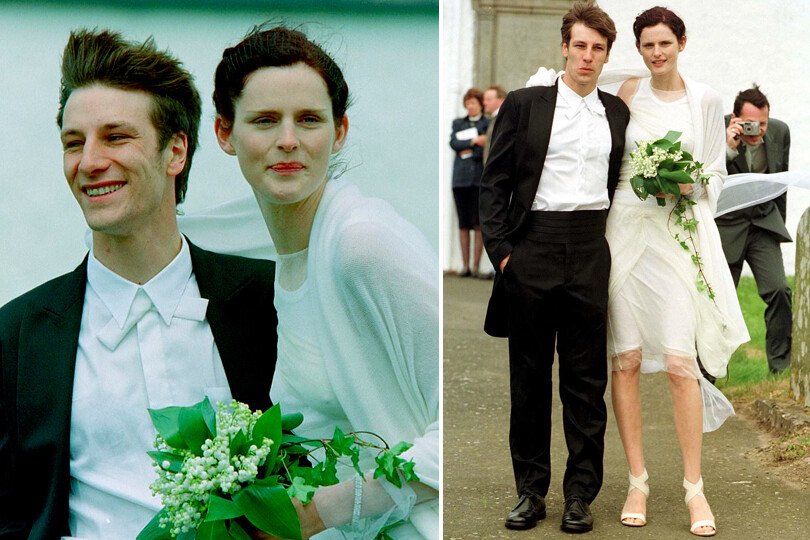
Shortly after the birth of her third child in 2002, Tennant made a surprising return to modelling in a high-profile ad campaign for Burberry that was shot by Testino. After the ad campaign appeared in almost every fashion magazine around the globe, Tennant officially came out of retirement and began modelling again, albeit less frequently than she did in her 20s. This time around she would attend a shoot or walk a runway, but then find refuge back with her family in Scotland.
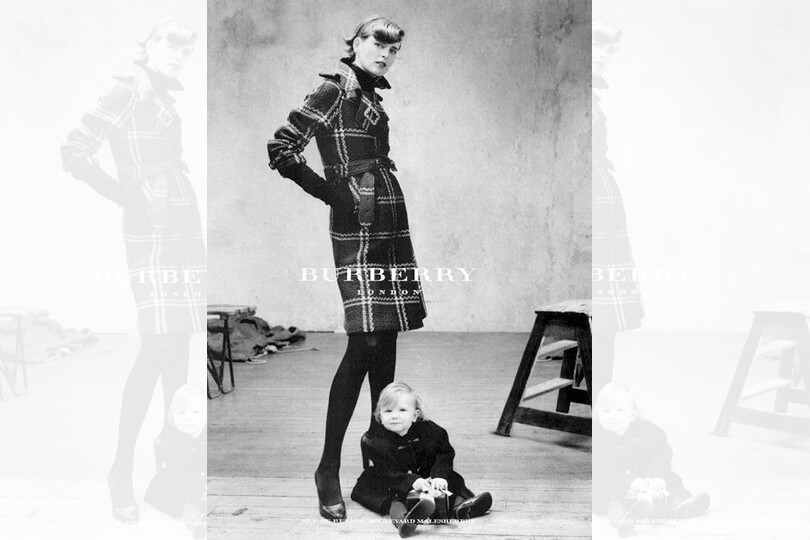
Tennant had incredible highs (and, perhaps most surprisingly, no scandals) during her career…too many to list. One of her most memorable moments came in 2012, when she and fellow British supermodels strutted to David Bowie’s “Fashion” in the closing ceremony of the London Summer Olympics.
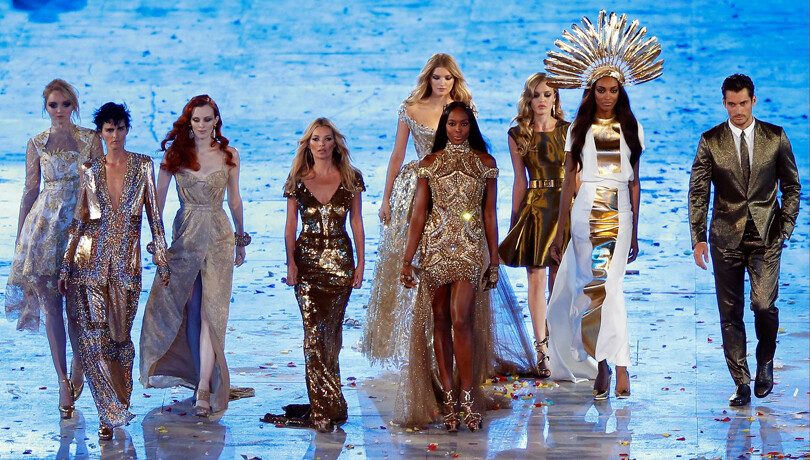
For the record, the models walking were Lily Cole, in an Erdem embroidered lace cocktail dress; Tennant, in a Christopher Kane Swarovski-crystal catsuit; Karen Elson, in a gold floral lace bustier dress by Burberry; Kate Moss, in a gold sequin gown by Alexander McQueen; Lily Donaldson, in a gown covered with hammered sequins and metallic thread by Vivienne Westwood; Naomi Campbell, in a gold metal embroidered dress by Alexander McQueen; Georgia May Jagger, in a gold dress created by Victoria Beckham; Jourdan Dunn, in a jersey tube dress splashed with gold “paint” by Jonathan Saunders; and David Gandy, in a gold Paul Smith suit. Tennant was the only woman among them not in a dress. Her hair was dyed jet black and cut in the style of a jagged mullet. Her edge had only gotten sharper.
“She encompassed everything and she fit in everywhere, from the country to the palace,” said the legendary Vogue stylist Grace Coddington, a former model herself, adding that Tennant would wear “whatever she grabbed, then the next minute she could look like the chic-est thing you’d ever seen.”
It was with Coddington that Tennant took one of her most famous photos, a photo taken by Arthur Elgortin that features Tennant in a tweed suit and country wellies diving into a swimming pool. It was their first shoot together, in the Hamptons in August 1995. “She was just game for anything, always, always, always,” Coddington said. “It was very hot and these were winter clothes. I guess we’d done this picture and she said, ‘My god, I could just jump in the pool now.’ We said go for it. She did one absolutely perfect dive. That’s how she was – she was always up for anything. I think that’s why everyone adored her.”
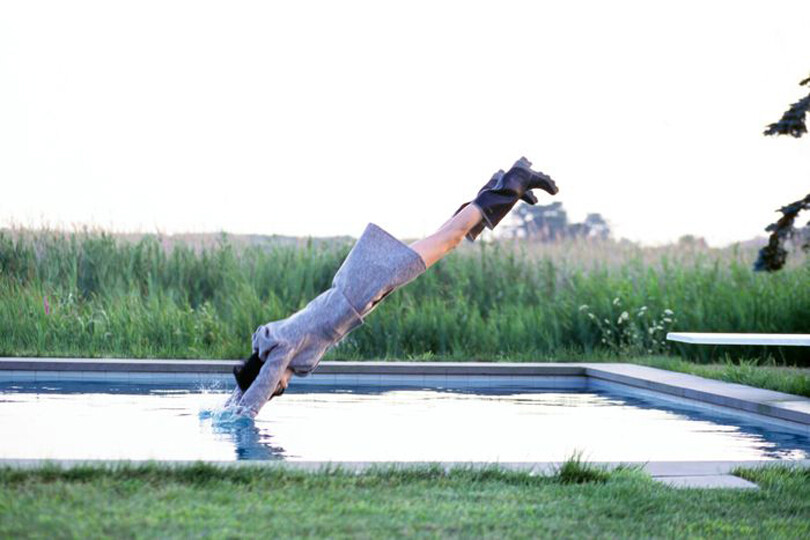
“Stella was the very definition of original in everything that she did and through everything she stood for,” said Vogue’s editor-in-chief Anna Wintour. Wintour has suggested that Tennant’s long career and the fascination she inspired from each new generation was due in part to her ability to step both into fashion and back out of it. “Stella was a wonderful collaborator and colleague to so many of us over the years,” Wintour said, “but she was never happier than when she could leave fashion behind and return to her beloved family and friends, and to a life far away in Scotland.”
“Exceptionally charming, Stella Tennant is one of the most relevant interpreters of fashion of the past 30 years. Moving seamlessly from grunge to haute couture, from tomboy to ladylike, maybe what distinguished her most of all was her timeless elegance. A muse for the greatest photographers and designers of our times, she graced the pages of all the most important magazines and she has a special place in the history of Vogue Italia,” said Emanuele Farneti, editor in chief of Vogue Italia.
Moving beyond fashion
Throughout her life, Tennant maintained a lifelong interest in sculpture, establishing a studio at her home in Berwickshire, where she worked with her sister Issy on a luxury homeware brand named Tennant & Tennant. Over the past decade, Tennant also grew to be a vocal advocate for environmental causes, appearing in a number of campaigns for the non-profit Global Cool raising awareness around climate change, and joining forces with Oxfam for Second Hand September.
Unlike many models her age, Tennant was still working regularly, appearing in editorials in fashion magazines and walking the runway as recently as January 2020.
So what happened? Tennant’s family initially did not provide a cause of death when they announced her death on December 22, 2020. Later that day, Police Scotland said officers were called to an address in the Scottish Borders town of Duns following the death of a 50-year-old woman. Police reports noted that no suspicious circumstances appeared to surround her death.
On January 6, 2021, Tennant’s family shared a second statement with The Telegraph where they revealed that the model had been battling mental health issues for “some time” and died by suicide.
“We have been humbled by the outpouring of messages of sympathy and support since Stella died,” her family told The Telegraph. “She was a beautiful soul, adored by a close family and good friends, a sensitive and talented woman whose creativity, intelligence and humour touched so many.”
“Stella had been unwell for some time. So it is a matter of our deepest sorrow and despair that she felt unable to go on, despite the love of those closest to her,” the statement continued. “In grieving Stella’s loss, her family renews a heartfelt request that respect for their privacy should continue.”
The news doesn’t change that the fashion industry has lost one of its favourite nonconformists. Tennant’s extraordinary career as one of fashion’s most beloved figures, and her legacy as a ground-breaking figure in the history of British style, won’t soon be forgotten. Her fashionable legacy as well as her passionate support of various causes will live on.
![]()
Want more? You can read other stories from our The Story Of series right here.

